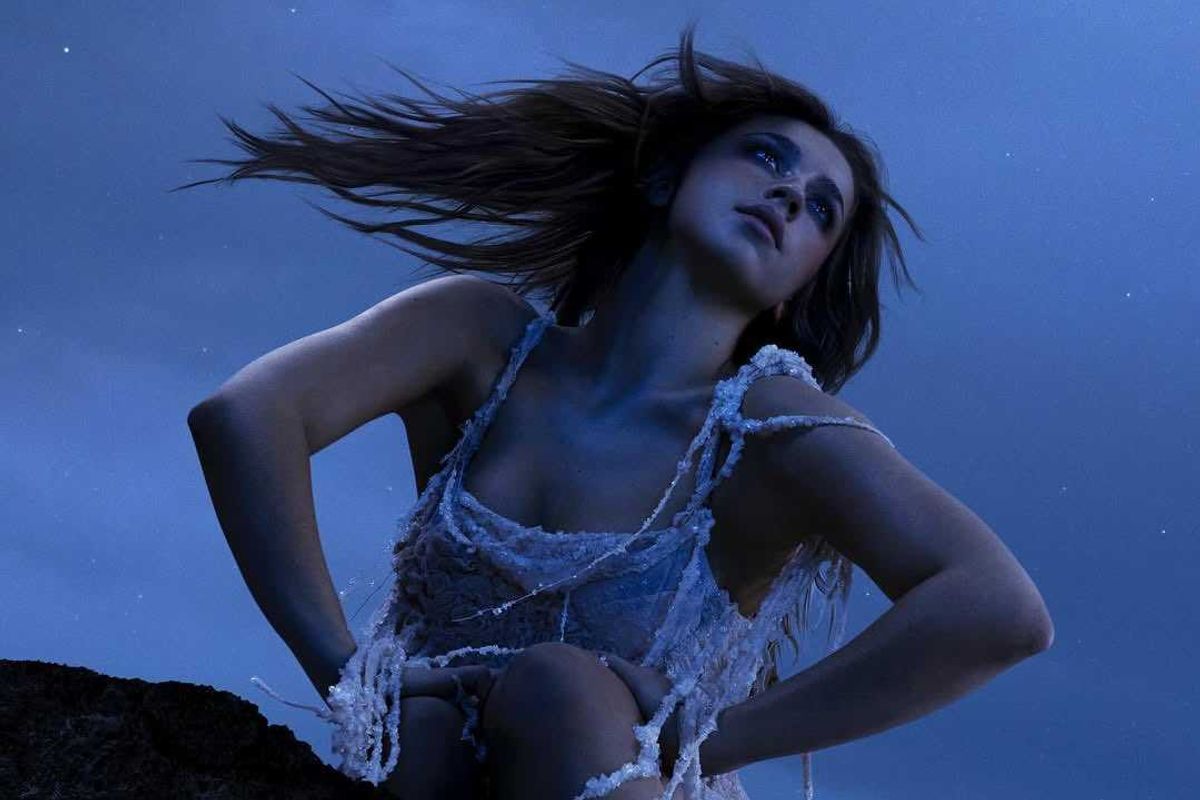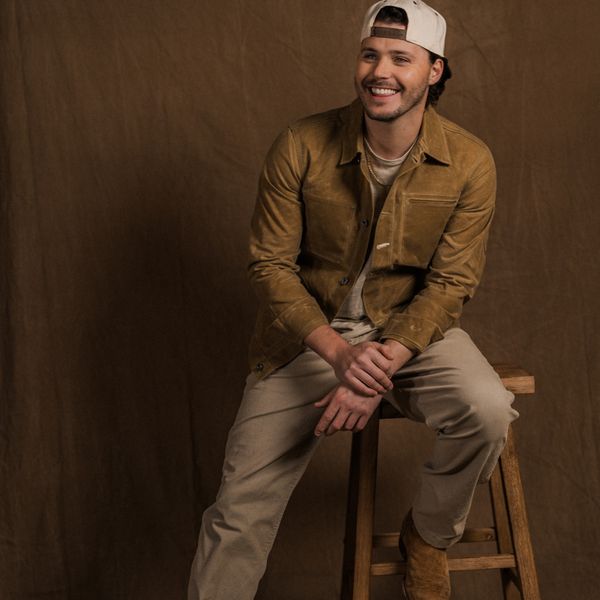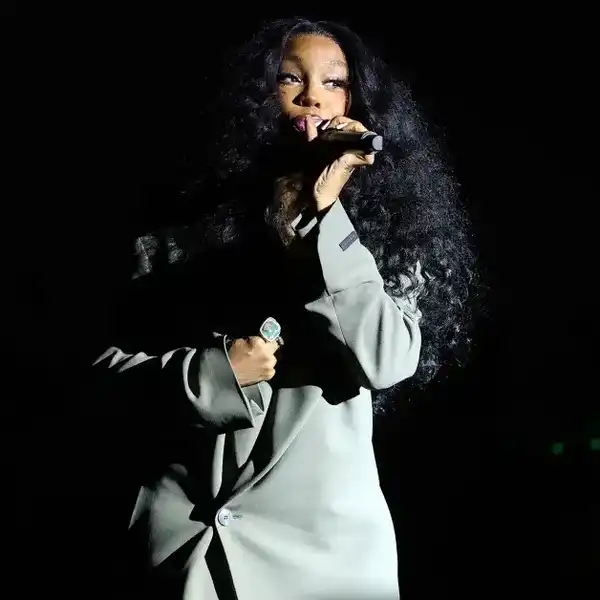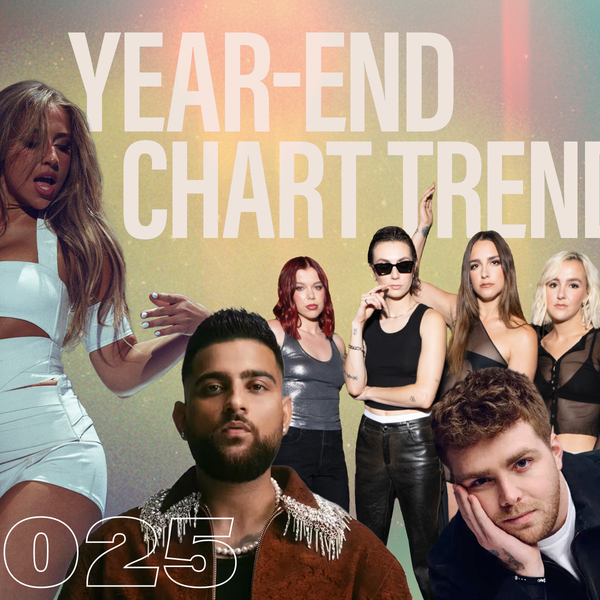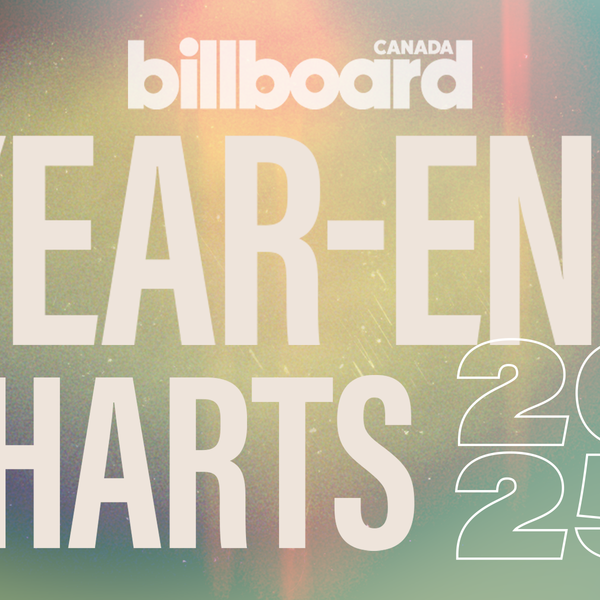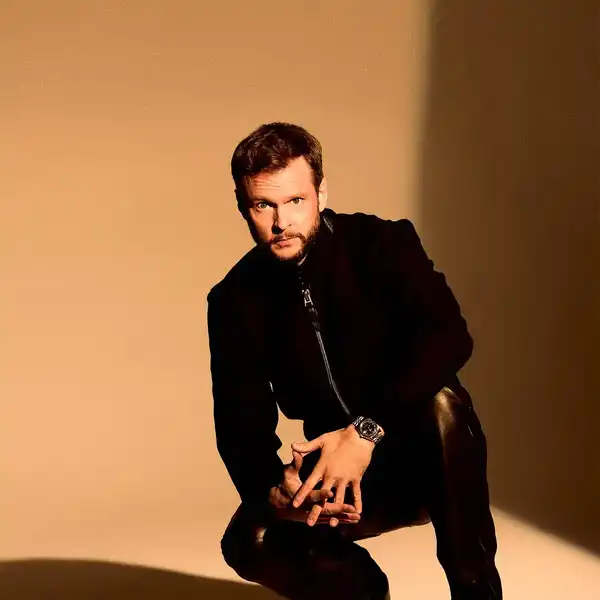West Side Story Explored
With Steven Spielberg's reimagined West Side Story, trailers of the fire escape scene with Maria and Tony and street choreography convinced me there was something deep in how the classic 1957 musical was transformed.

By Bill King
Much like when trailers of Peter Jackson's restoration and reshaping into a documentary of the Beatles buried studio footage surfaced, my first impulse was to go all in. But, instead, something about the trailers conveyed the care and beauty of the process that made the four revered artists seem as if they were rehearsing only blocks away in real-time and Jackson was playing for keeps.
With Steven Spielberg's reimagined West Side Story, trailers of the fire escape scene with Maria and Tony and street choreography convinced me there was something deep in how the classic 1957 musical was transformed.
There were many doubters, and that's understood when toying with a masterpiece set in granite. Unfortunately, you are also replacing an icon in Natalie Wood, whose untimely death made her a sympathetic cult figure. Then there are the Broadway staged versions – shrill and grating.
West Side Story 2021 is picture-perfect. From the opening scenes in the broken neighbourhoods confronting the wrath of the demolition ball - the poverty and racial tensions; life an ongoing battle of wits and survival. As with most districts, there is bustling street action, small mom-and-pop shops, menial work, low pay, and sub-par housing. This is where daily life simmers then boils under the grip of oppressive summer heat.
Spielberg’s WSS directly addresses racial prejudice, a paralyzing force that still eats at the heart of today's planet. The Jets and the Sharks pick sides divided by race, poverty and prospects. Of which neither white nor black nor brown can get a grip. The film begs for an answer - “Why do people hate so much they’d crush one another with chains, bats and vulgarity?” Timely and of today.
Bernstein chose the perfect vehicle for writing the most significant Broadway music score ever as a backdrop. I'll go a bit farther – let the score stand next to anything Bach, Beethoven or Mozart penned.
24-year-old Stephen Sondheim carves dialogue into the trailing melodies – pausing for dramatic effect at the top of a singer’s range. The singer then releases the note allowing it to quietly exit a scene and abruptly float away on unseen currents. The composer and wordsmith are the ideal marriage between spoken word and melody.
Unlike the most recent musical of note, La La Land, Spielberg steers clear of overly saturated colours, choosing to stay with the original's brick and mortar vibrance. Cinematographer Janusz Kamiński’s roving eye observes the action near tenement buildings and streets, capturing the diminished reds, unflattering grays, and saturated blacks – shooting the dance scenes from the base of the dancers’ shoes and up. Vivid colours arrive in costume. One dress pops bright yellow, next to crimson red, violet, and spotted whites.
The prelude to what’s to come is captured in the opening scenes as the Jets and Sharks dance their way along the cracked pavement, brickyards, past abandoned buildings into the rush of daily life. When guys and girls face off at the gym the film the narrative takes shape.
It’s also where Maria spots Tony through a haze of cotton fabric, flailing arms, and steamy bodies. The first large ensemble dance scene was shared between the sexes.
What begins as a polite promenade – socially acceptable meeting of the sexes quickly evolves into a Latino blend of what I call Stravinsky meets Xavier Cugat – The Philharmonic meets The Waldorf-Astoria Orchestra, with a bit of modern-day Arturo Sandoval screaming trumpet high on top. There are breathtaking moments of cinematography as the couples spin and seemingly freeze in time down the front of the lens, all the while locked in the moment and in step with the choreography. The story - universal, well addressed, and still in people's minds and hearts today. A love story.
WSS 2021 rests on the emotional beauty and blend of voices, swift action, and contemporary dance. Choreographer Justin Peck filmed the dance scene from America over ten days in Harlem, Queens and Paterson, N.J., as the dance ensemble battles the blistering heat ripping at the soles of the shoes – this after months of rehearsals. Peck has originated 35 ballets. This is where the film will be forever etched in people’s memories.
As the dance ensemble rolls along the sun-drenched streets, Anita (Ariana DeBose) takes centre stage. DeBose owns this scene, one that will be re-enacted for decades to come. It’s the grace of the moment, the high kicking long legs – staccato spins and turns draped in universal yellow. This colour appears on shanties and bungalows throughout the other worlds where colour gifts a family's life when struggle and poverty set the terms for daily existence. This is where DeBose lays down the gauntlet and challenges all comers. A showstopping triple threat.
Tony Kushner's script comes with a few ‘fuck you’s’’ and plenty of racial wreckage. Words that hurt, cut, and nurse the drama along a path of serious consequence and pain.
West Side Story from these eyes and ears has always been about music and dance. That glorious Bernstein score. Passages of elegant beauty with sweeping melodies locked in reckless counterpoint that jabs, jolts, fades and returns as if stamped on the actor's body.
Tonight and Maria belong to Tony, actor Ansel Elgort – Maria, Rachel Zegler. Ariana DeBose, Anita and Rita Moreno, now Valentina, trade roles with Moreno, now the proprietor of a candy shop/hideaway, and claims ownership of one of the score's beloved melodies, Somewhere. In most circumstances, the new cast outshines the original, in that Natalie Wood didn't sing her parts or dance with the flair of Zegler. On the other hand, Ariana DeBose – sings, dances magnificently, and emits more heat than a tropical island consumed by an impinging lava flow. Moreno and DeBose can call it a draw when viewing the original dance scenes.
The orchestral passages seem to have a greater urgency tied to Peck's brilliant choreographic challenges. There are scenes you will want to look at repeatedly and be amazed at the creative brush strokes. For example, the Windexing of a mirror during I Feel Pretty – one, two, three squirts of the bottle all tied to orchestral strings, dance, and hand movements.
The voices? The finest voices to ever grace these songs. Ziegler's Maria is long on vocal range and rich in sonic beauty. Each note is wrapped in gold leaf. DeBose brings girt and attitude to whatever melody is presented and reduces to a grieving whisper after experiencing the death of brother Bernardo in a duet with Maria – I Have A Love. As for the entire caste, they sing, dance and act with flair and grace.
I could go on and on about the stunning revitalization of this beloved classic, but words can't do it justice. Although this weekend the box office brought in $10,000,000 – not enough to please the money market, this is a universal film. Not one based solely on the proceeds of a Covid restricted theatre. Partially sung in Spanish with Latinos driving the soul and rhythm of this remake, I wager every young girl of Spanish heritage will forever embrace this cast and story as her own.

